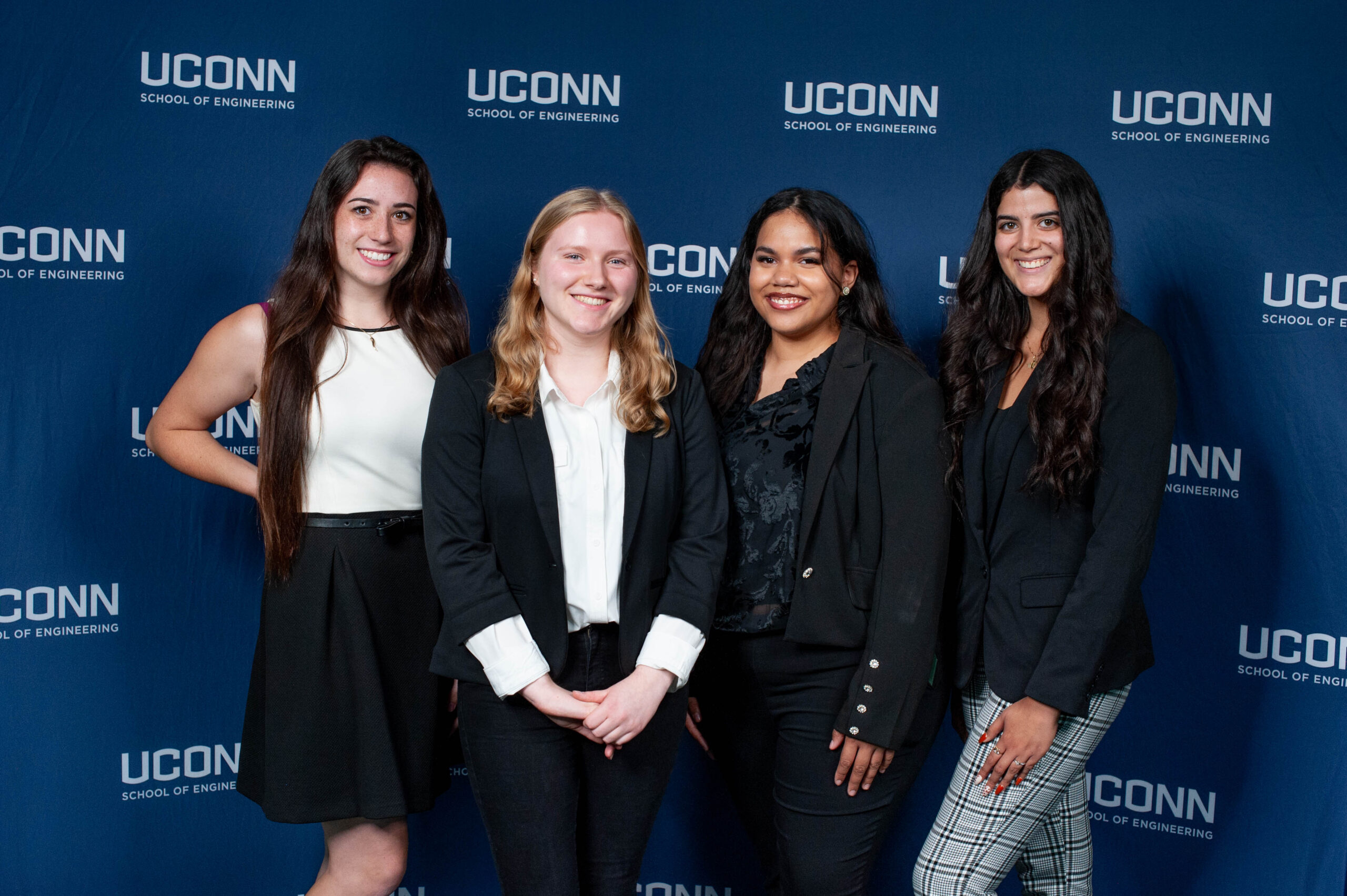

This video contains proprietary information and cannot be shared publicly at this time.
Team 7
Team Members |
Faculty Advisor |
Julianna DeSantis-Raymond |
Fayekah Assanah Sponsor UConn Biomedical Engineering Department |
sponsored by
Sponsor Image Not Available
Neuronal Cell Imaging in Soft Hydrogels for Modeling Traumatic Brain Injury
Traumatic brain injuries (TBIs) occur when a sudden external force causes a primary injury to the brain, which leads to secondary injuries that leave patients with long lasting, detrimental neurological impairments. Currently, the majority of TBI research is done with in vivo models, and there is an unmet need in creating alternative in vitro models to study TBI. Previous studies have designed an in vitro, hydrogel based system, to model brain matter. This system is composed of gelatin and alginate and crosslinked with transglutaminase and calcium chloride respectively. GEL/ALG hydrogels concentrations were varied through the fabrication process to vary the mechanical properties, and scanning electron microscopy (SEM) imaging was done to verify porous structure, which is necessary to maintain an environment that facilitates cell viability. To build on this, the purpose of this project is to determine the biocompatibility of the GEL-ALG hydrogel system through three crucial steps: 1.) sterilization of the GEL-ALG hydrogel, 2.) encapsulation of neuronal cells within the 3D system, and 3.) imaging the encapsulated neuronal cells within a 7 day period to determine the viability of this in vitro model. A live/dead assay, where Calcein-AM reagent stains live cells and Ethidium Homodimer-1 reagent stains dead cells, was performed as well as imaging of the stained encapsulated cells using fluorescent microscopy.
Our team collaborated with Biomedical Engineering 8 on this project.
